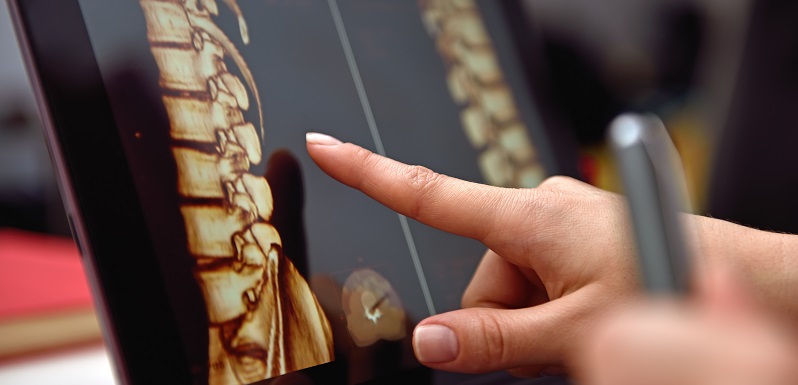Spinal Gel Could Be The Key To Curing Certain Types Of Paralysis
Category: Spine | Author: Stefano Sinicropi

A modern medicine innovation has allowed paralyzed mice to walk again after just four weeks, and researchers are hopeful that eventually the tool could eventually be applied to correct paralysis in humans.
The self-assembling gel is made of protein units called monomers that arrange into long chains called supramolecular fibrils when placed in water. The gel mimics the matrix that is normally found around cells, and it provides a makeshift scaffolding system that allows cells to regrow and stimulates nerve regeneration.
The protein units were injected into the spinal cords of mice that were paralyzed in the hind legs, and they formed a gel at the site of the injury. The gel helped to regenerate the severed ends of neurons and reduced the amount of scar tissue at the injury site, which can oftentimes complicate regeneration. The gel also helped to enhance blood vessel growth, which allowed more nutrients to reach the spinal cord cells.
“Our research aims to find A therapy that can prevent individuals from becoming paralyzed after major trauma or disease,” said Northwestern’s Samual I. Stupp, who led the study. “For decades this has remained a major challenge for scientists because our body’s central nervous system, which includes the brain and spinal cord, does not have any significant capacity to repair itself after injury or after the onset of a degenerative disease. We are going straight to the FDA to start the process of getting this new therapy approved for use in human patients, who currently have very few treatment options.”
Helping Mice Walk Again
According to researchers, the gel enabled paralyzed mice to walk by four weeks after the injection. Mice treated with the gel also scored three times higher than mice treated with a placebo treatment when assessing ankle movement, body stability, paw placement and stepping.
The key to the gel’s success is due to short sequences of amino acids attached to the ends of the monomer proteins. These amino acid sequences provide regenerative signals that are picked up by receptors on the surface of spinal cord cells, helping to spur regeneration.
The team is excited by their findings and hopes that eventually a version of the gel could translate to humans, but scaling from a mouse to a human spine is no easy task. Even if they continue to hit their targets and everything progresses as they hoped, we’re still likely years away from a version of the gel being used to help human spinal cord injuries. That said, it’s still fascinating that modern science is finding ways to repair the spinal cord in smaller animals – an incredible feat!
We’ll keep tabs on the research and how it progresses over the next few years, but in the meantime, if you need help with your back pain or an issue related to a spinal cord injury, reach out to Dr. Sinicropi and the team at the Midwest Spine & Brain Institute.